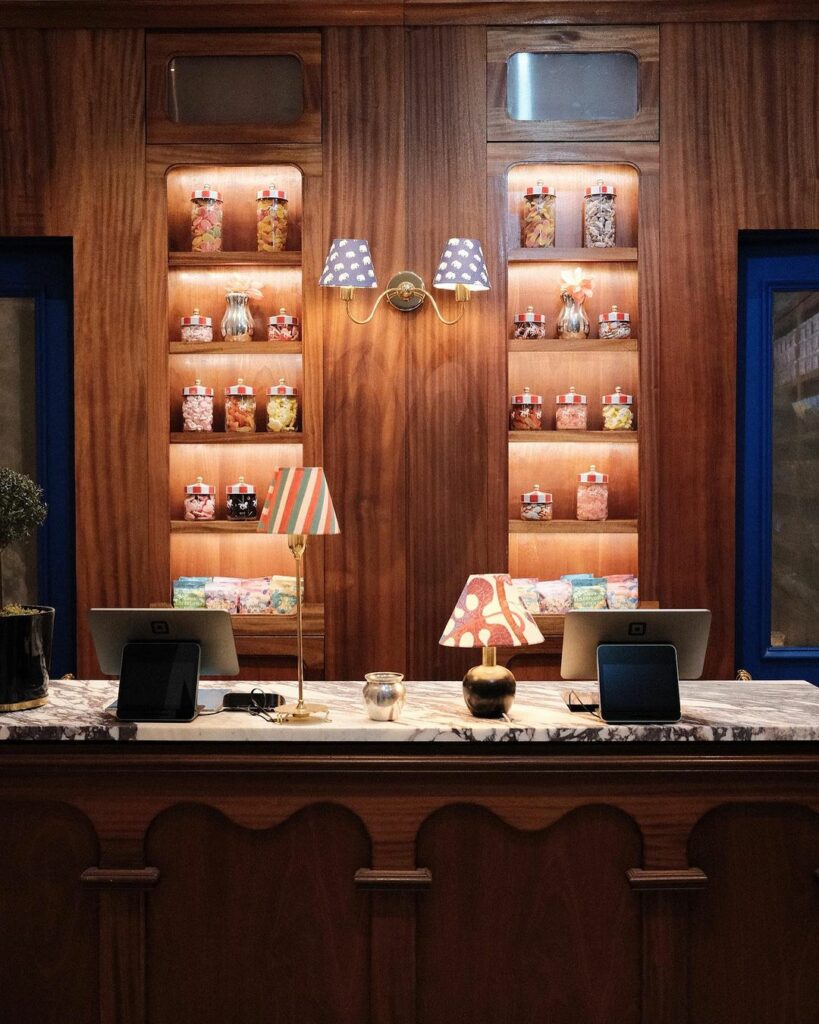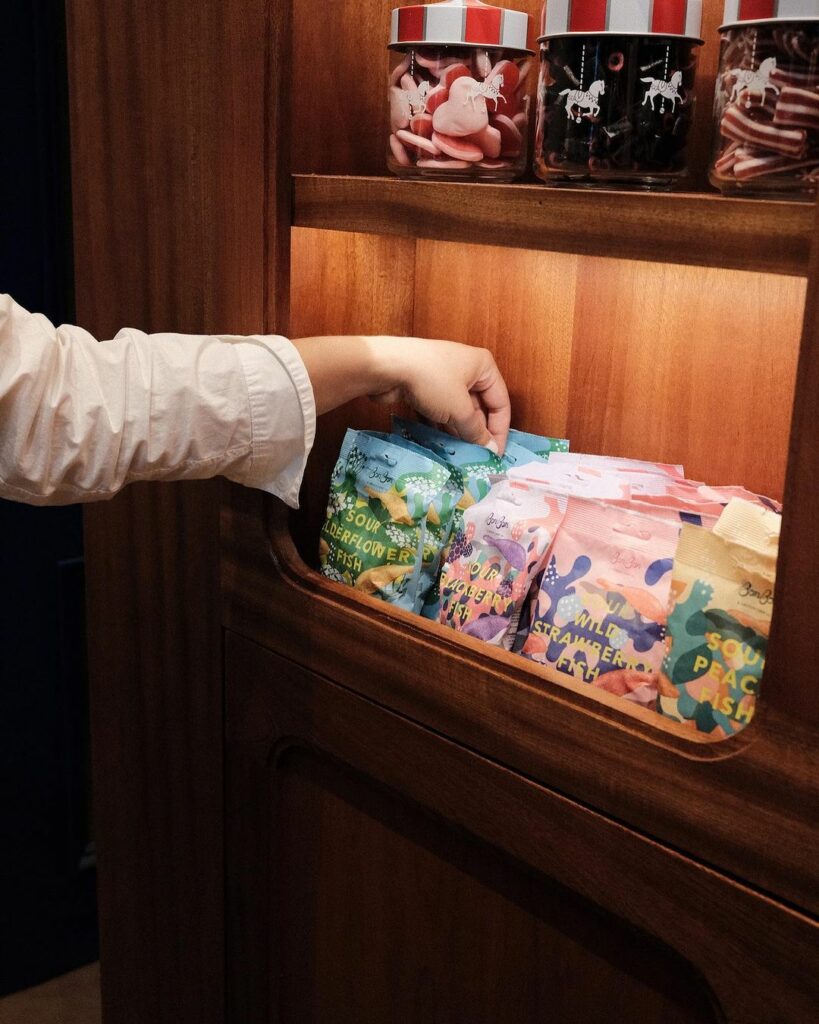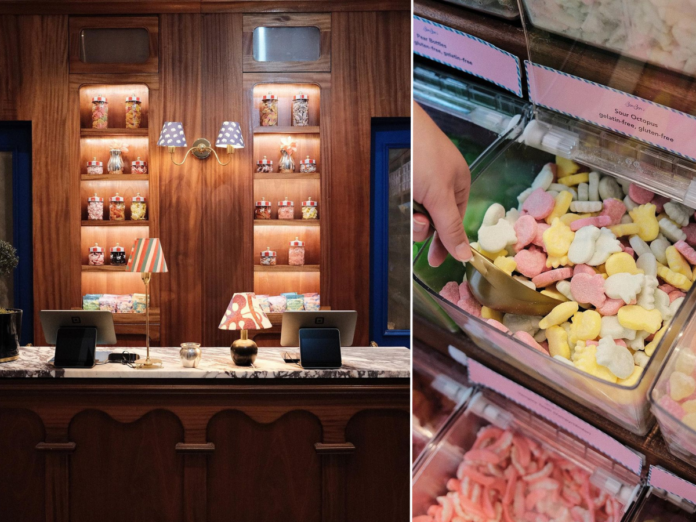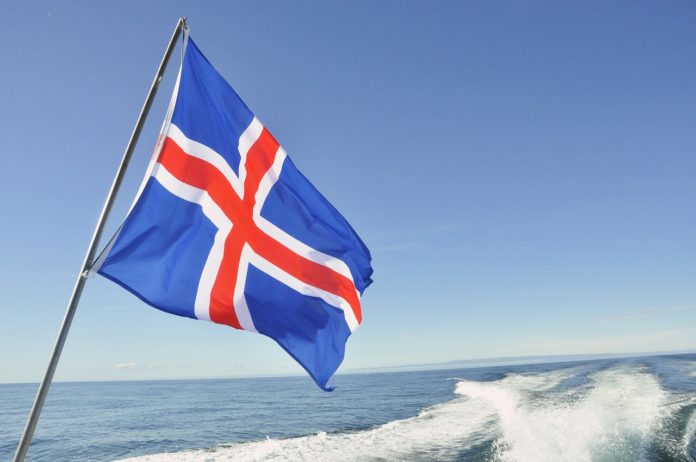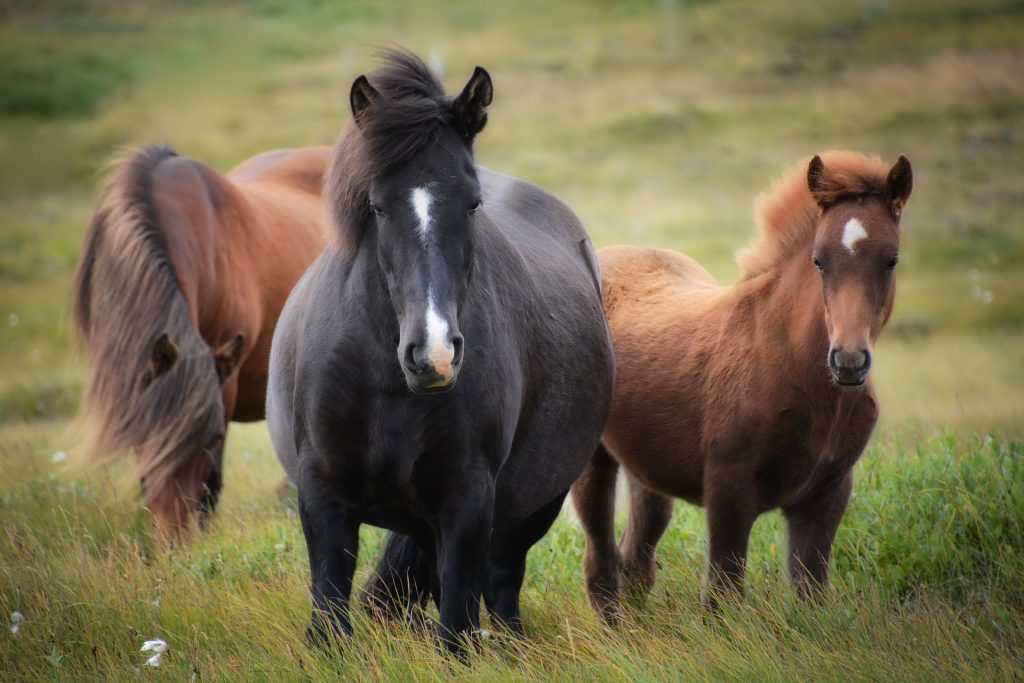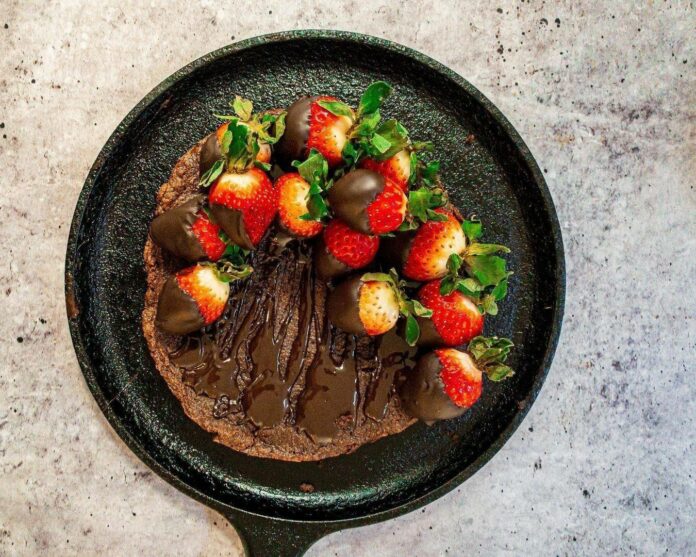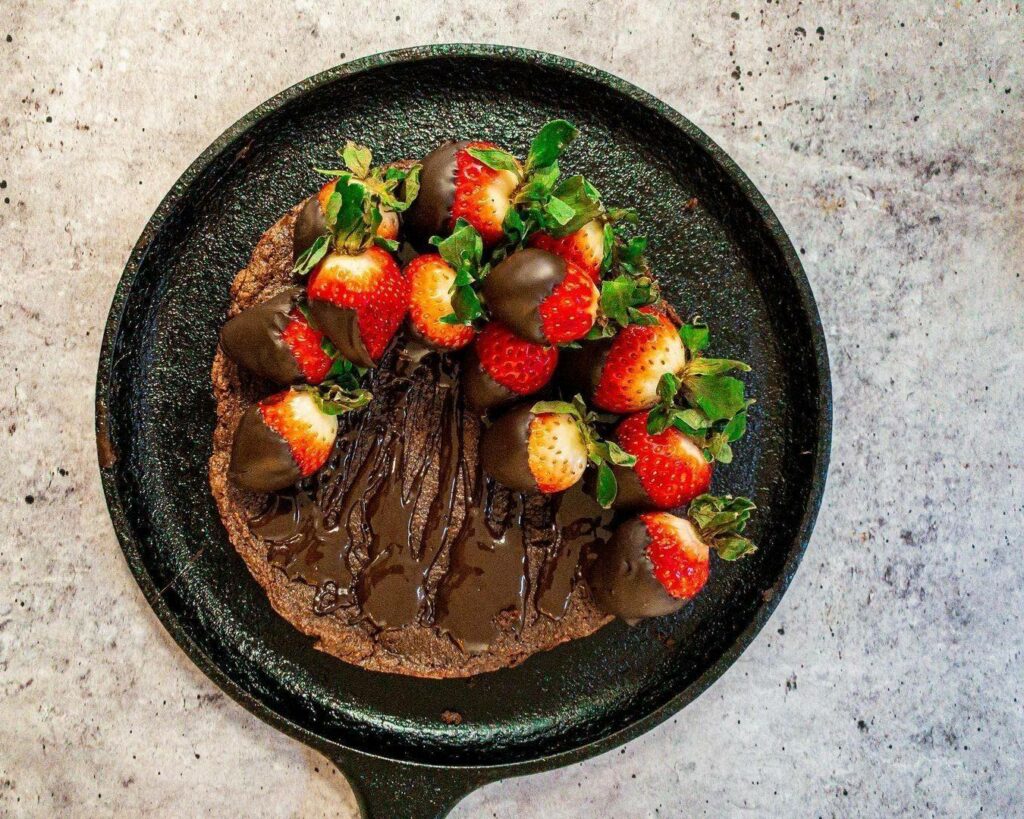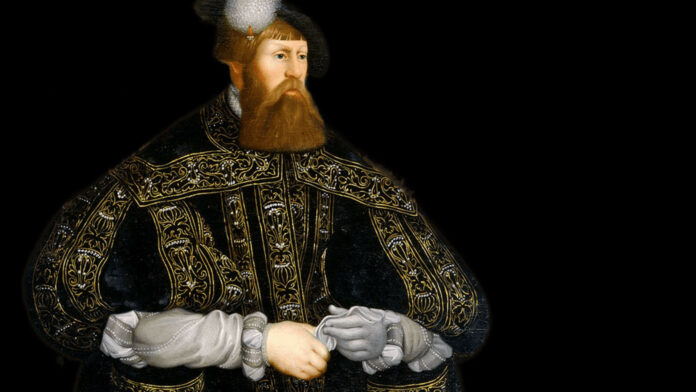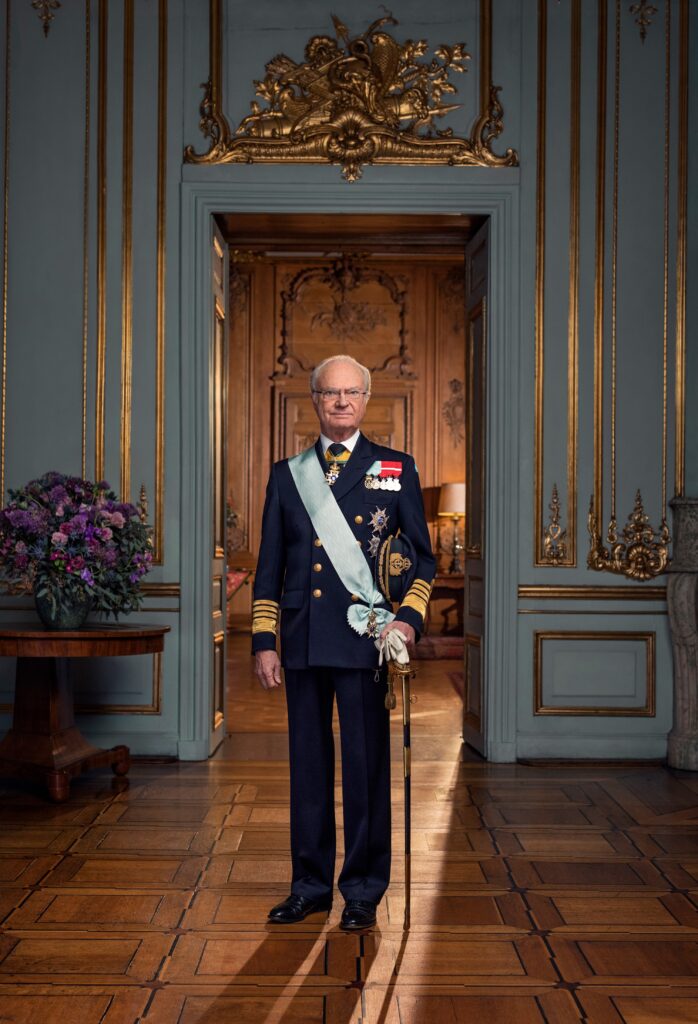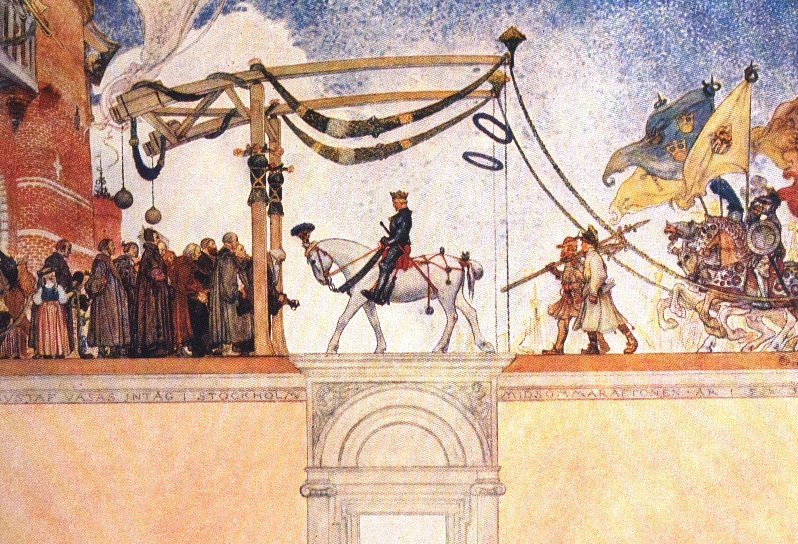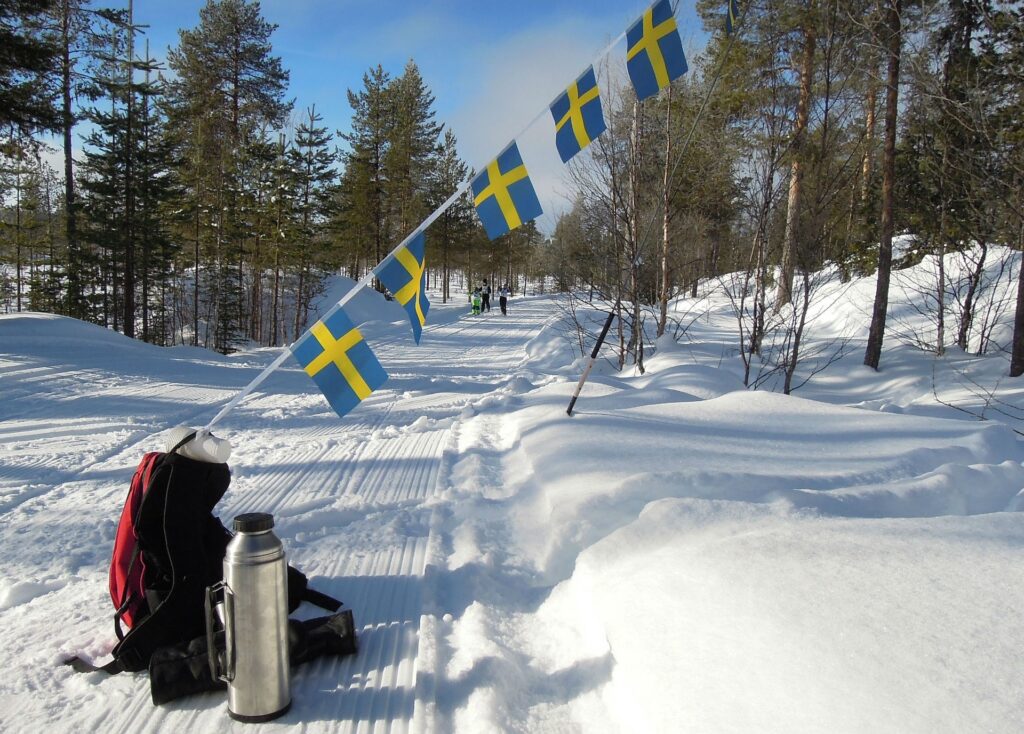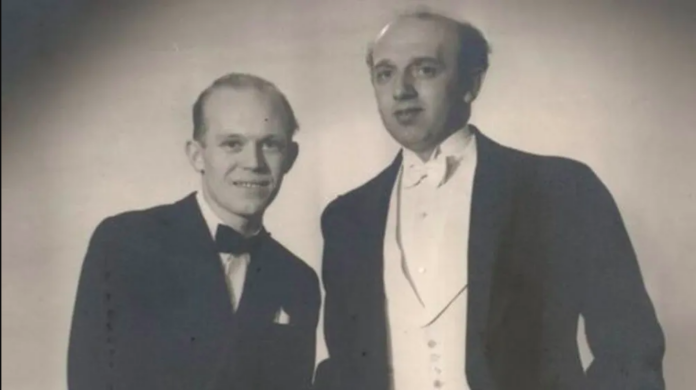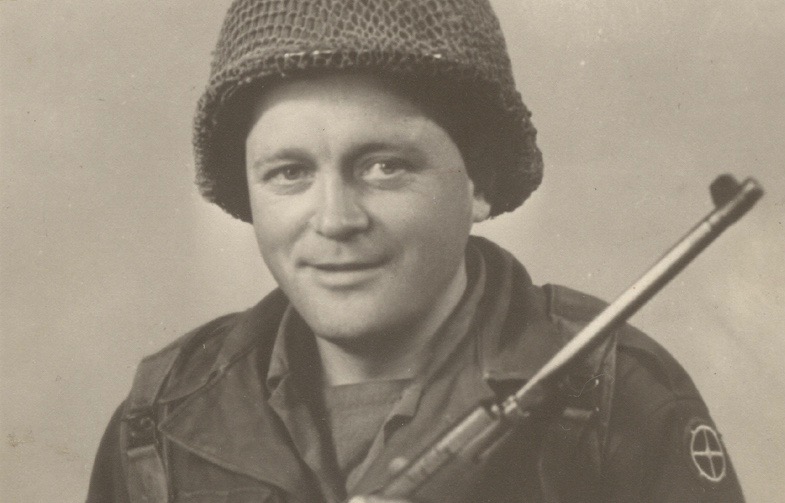Sweden, with its cold climate and unique terroir, may not be the first destination that comes to mind when you think of wine.
However, in recent years, the Scandinavian region has started to make a name for itself in the wine industry. Scandinavian wines are gaining international recognition for their quality and distinct characteristics.
Wine-loving tourists can now add Swedish wineries to their must-visit list for an unforgettable experience.
Essential Stops For Wine Lovers In Sweden
When exploring the picturesque Swedish countryside, wine lovers are in for a treat. The diverse landscapes, from the rolling hills to the serene lakes, play a crucial role in the development of distinct flavors in Swedish wines. The slowly warming climate in the Scandinavian region has also contributed to better conditions for wine-making.
Despite that, local winemakers are known for their sustainable practices and innovative techniques.
By visiting these wineries, you will have the opportunity to indulge in tastings, take part in wine-making processes, and even find perfect gifts for fellow wine enthusiasts.
Notable Wineries To Explore
As the Swedish wine scene continues to flourish, several wineries stand out for their exceptional offerings and experiences.
Here are a couple of wineries that should be on every wine-loving tourist’s itinerary.
Situated in the Skåne region in southern Sweden, Hällåkra Vineyard is a must-visit. The winery boasts stunning landscapes and a rich history that dates back to the Middle Ages.
The vineyard is renowned for producing high-quality red wines.
During your visit, don’t miss the opportunity to take a guided tour and enjoy a lavish meal at their restaurant, where dishes are prepared using locally sourced ingredients.
Nestled in the heart of Sweden, Långmyre Vingård is notable for its focus on sustainability and organic wine production.
The winery offers a diverse range of wines, including some intriguing sparkling varieties. Visitors can indulge in wine tastings, vineyard tours, and culinary experiences that reflect the essence of the region.
Located on the beautiful island of Gotland, Gute Vingård is renowned for its unique white wines, made using traditional methods.
The maritime climate of Gotland contributes to the distinct taste profile of the wines produced here.
Participate in a guided tour, sample their wines, and explore the serene surroundings that make this winery a true gem.
This winery stands apart from the above-mentioned due to its location in northern Sweden, and because of its unique ways of producing wine. Savhuset’s wines are made from birch sap following centuries-old recipes.
This is one unique winery that honors their northern Swedish heritage, and the significance of birch throughout Swedish history. Well worth a visit if you are planning a trip to northern Sweden.
Souvenirs And Gifts For Wine Lovers
There is no better way to commemorate your Swedish wine tour than by bringing home souvenirs or gifts for fellow wine enthusiasts.
Many Swedish wineries offer unique mementos for wine lovers such as branded wine glasses, corkscrews, and locally-made cheeses that pair exceptionally well with their wines.
Consider purchasing a few bottles of Swedish wine that are not widely available internationally. These will make exclusive gifts for friends and family, allowing them to partake in the taste of Sweden’s fine wines.
Guided Wine Tasting Tours
One of the quintessential experiences for any wine enthusiast visiting Sweden is participating in a guided wine-tasting tour.
Swedish winemakers take pride in educating visitors about the distinct characteristics of their wines.
Through these tours, you’ll get to sample a range of wines and learn about the various grape varieties, fermentation processes, and the impact of Sweden’s climate on wine production.
Engaging with the winemakers and learning the stories behind each bottle enhances the tasting experience.
